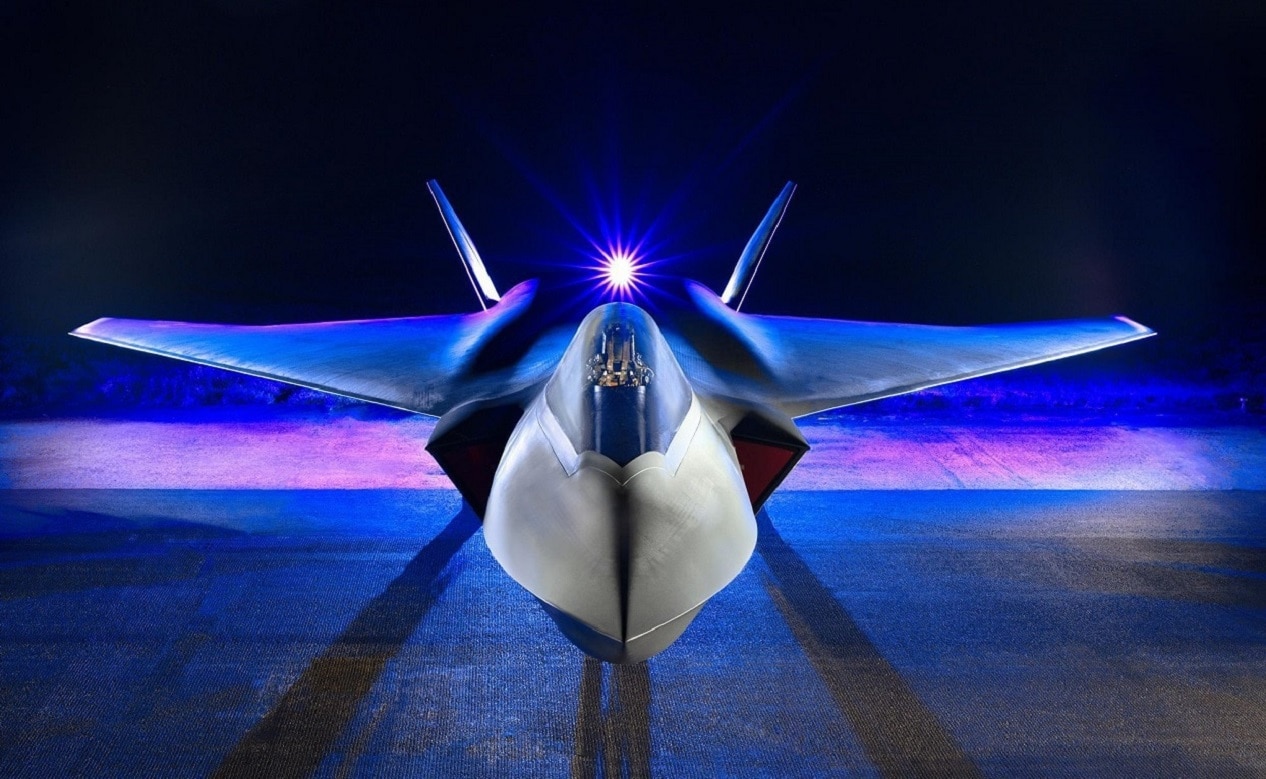Japan, Italy, and the UK have aligned to engineer a new 6th-generation stealth fighter called the Global Air Combat Program (GACP) designed to build upon and strengthen their respective growing F-35 fleets.
Stealth Collaboration
Surging forward with a new collaborative, multinational 6th-generation stealth fighter jet makes sense given that Italy and the UK are F-35 customers and Japan recently made a large, multi-billion-dollar F-35 purchase. The intent seems to fly a new 6th-generation aircraft alongside the fast-growing multi-national fleet of F-35s to support NATO, deter China, or potentially prevail in an air engagement should a conflict occur. Bringing this vision to operational reality will require that the new 6th-generation aircraft be securely and successfully “networked” with F-35s and even 4th-generation platforms.
Japanese Self-Defense Forces are acquiring dozens of F-35s to replace F-4 fighters and the addition of a 6th-generation platform might be intended to decrease or at least challenge China’s regular air provocations wherein PLA Air Force fighter jets operate near the Japanese coastline.
Following the initial announcement regarding the GACP last year, the Pentagon and Japan’s Ministry of Defense released a joint, collaborative statement, published in a report in cnn.com.
“The United States supports Japan’s security and defense cooperation with like minded allies and partners, including with the United Kingdom and Italy – two close partners of both of our countries – on the development of its next fighter aircraft,” the U.S.-Japan statement said.
Strength in Partnership
A statement from Italy, Japan, and the UK when GACP was announced made it clear the platform was intended to support both Europe and the Pacific. The three-country statement also emphasized interoperability, something which would clearly build upon existing success with the F-35s Multi-function Advanced Data Link technology linking F-35s from all countries to one another. This is something a 6th-generation aircraft would likely be integrated with.
“Future interoperability with the United States, with NATO and with our partners across Europe, the Indo-Pacific and globally – is reflected in the name we have chosen for our program. This concept will be at the center of its development,” the statement said.
The CNN report also suggested that the new multinational Italy-UK-Japan fighter may operate drones from the cockpit, something the U.S. 6th-generation aircraft also plans to accomplish. Described as one of U.S. Air Force Secretary Frank Kendall’s “operational imperatives,” the 6th-generation aircraft program is being described as a “family of systems.”
Multi-National Sixth-Generation Development Presses On
The U.S. Air Force is already building unmanned platforms to fly alongside a manned 6th-generation fighter jet called Collaborative Combat Aircraft.
This strategic concept that air attack platforms will increasingly function as “nodes” within a combat network to share combat-relevant warzone data and also operate as offensive systems, offering a circumstance that Japan, Italy and the UK may be well-positioned to leverage.
Extensive networking, radio technology, electronic warfare, and the kinds of electronic connectivity of great relevance to warzone avionics is something Japan is quite well-suited to pursue, and certainly not unfamiliar to Italy and the UK.
In the Pacific, the advent of new stealth fighters would better position Japan’s military for the possibility of offensive operations in the region, should that become necessary.
Japan Breaks Tradition to Build Up Military
Recognizing the Japanese constitution and the longstanding restraints placed upon them, requiring them to operate purely “defensive” forces, perhaps the current threat environment and Japan’s growing alliance with the U.S. might impact this in some way.
Clearly, Japan does not seem likely to invade or launch offensive attacks, and any advanced systems would clearly be useful for deterrence and defensive purposes, yet strengthening combat capability in this way does seem to introduce an interesting possibility.
Would it be beyond the realm for the Japanese military to operate under somewhat different or slightly revised constitutional limits or parameters? Perhaps this might strengthen its position as a deterrent, should it be allowed to at least present a threat of offensive attack? After all, isn’t the presence of countervailing power and the threat of some kind of attack a key basis for the kind of deterrence strategy needed to keep the peace?
Kris Osborn is the Military Affairs Editor of 19FortyFive and President of Warrior Maven – Center for Military Modernization. Osborn previously served at the Pentagon as a Highly Qualified Expert with the Office of the Assistant Secretary of the Army—Acquisition, Logistics & Technology. Osborn has also worked as an anchor and on-air military specialist at national TV networks. He has appeared as a guest military expert on Fox News, MSNBC, The Military Channel, and The History Channel. He also has a Masters Degree in Comparative Literature from Columbia University.

